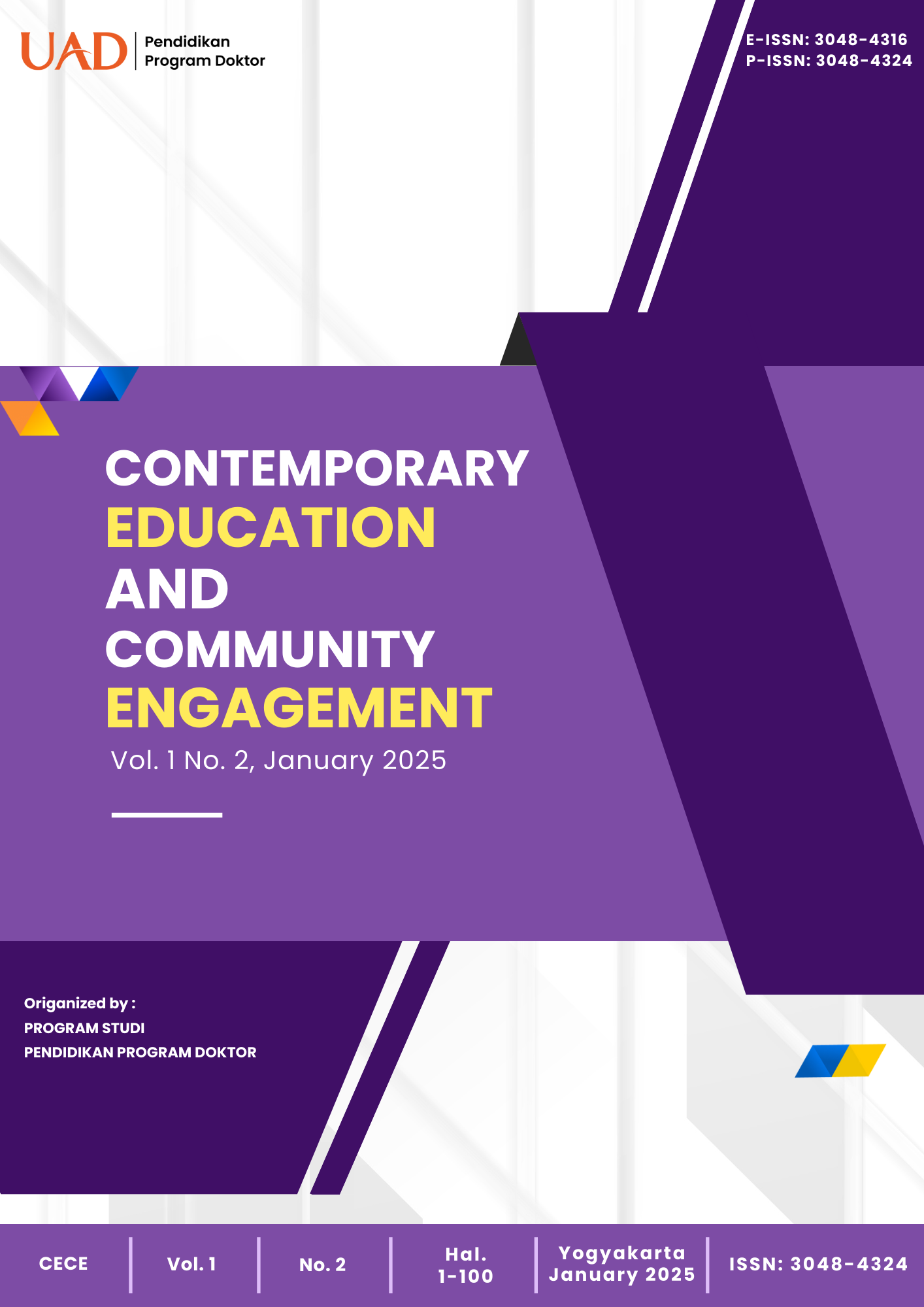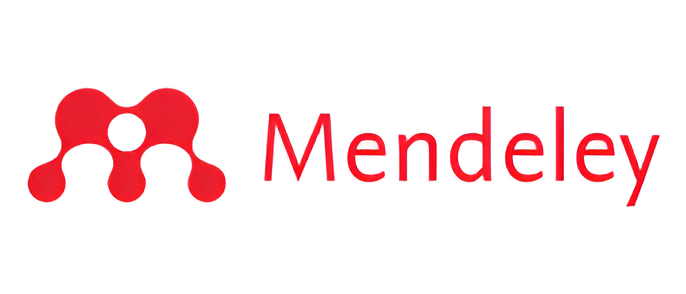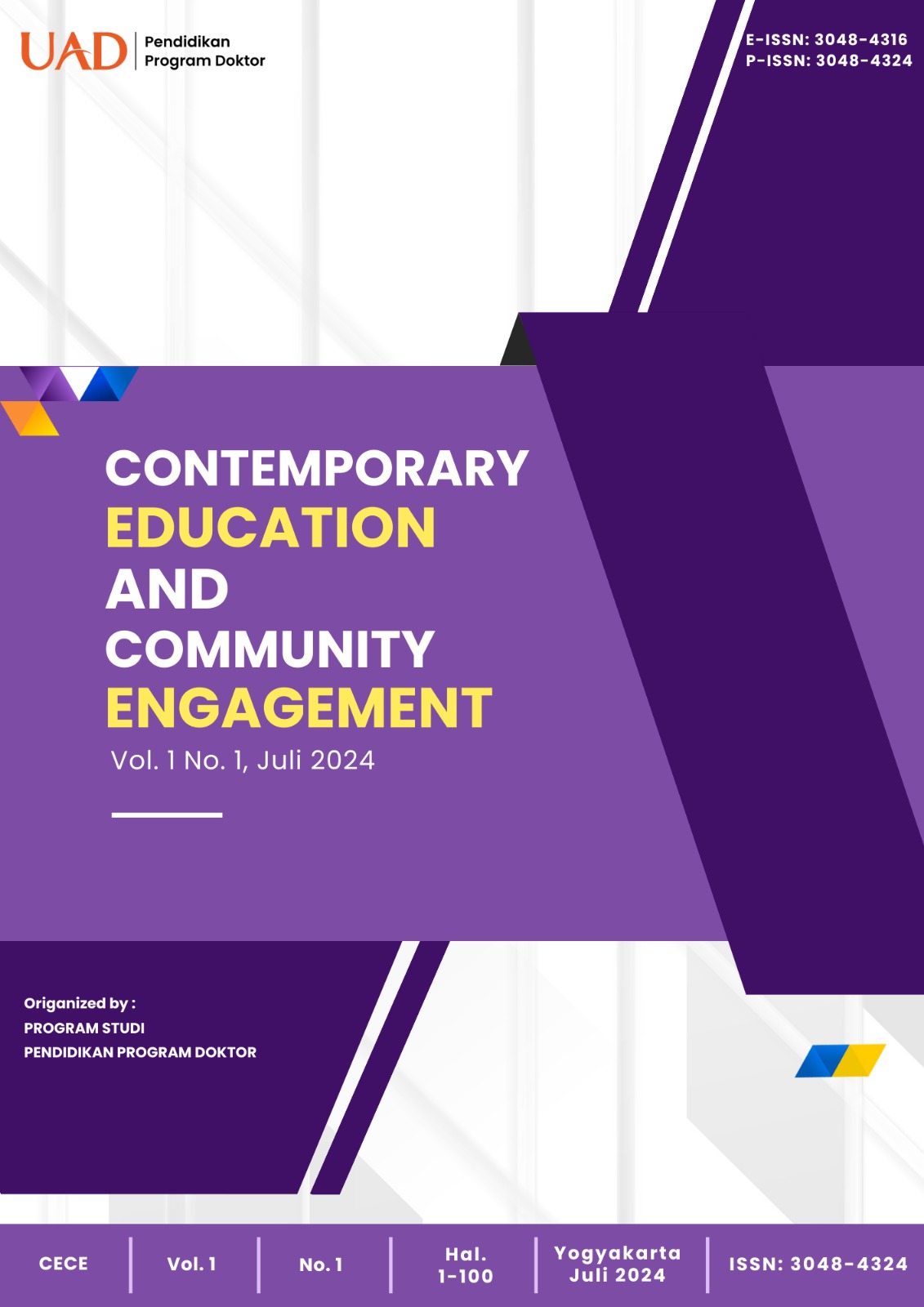The Effectiveness of E-Kreatif in Improving Students’ Creative Literacy through Indonesian Language Course
DOI:
https://doi.org/10.12928/cece.v2i1.1097Keywords:
effectiveness, E-Kreatif, creative literacy, university studentsAbstract
The point of this study is to show the results of an experiment that was done to see how well E-Kreatif, a creative reading resource for the General Course of Indonesian Language, worked. The goal was to help students get better at creative reading. This research uses the Research and Development (R&D) research type according to Borg and Gall steps, including needs analysis, planning, development, product validity, revision, response test, revision, and final product. This article will focus on the description of the product effectiveness test. The experimental test in this study used a pre-test, post-test, control group design. The sample selection at this stage is based on two validities: the internal validity and the external validity. The research instruments used are product validity test instruments for experts, student response test instruments as a measure of product feasibility, and pretest and post-test instruments to test the effectiveness of creative e-books. We conducted the experimental test at the Faculty of Teacher Training and Education, Universitas Ahmad Dahlan. The product effectiveness test was carried out in 2 classes; the two classes were control and experimental, totaling 30 students: 15 control class students and 15 experimental class students. That's right, the post-test scores for the control and experimental classes were 0.001, which means that the null hypothesis (H0) is not true. This means that the students' creative literacy skills are very different after the treatment. Therefore, we can conclude that the developed teaching materials effectively enhance students' creative literacy skills.
Downloads
Published
How to Cite
Issue
Section
License
Copyright (c) 2025 Riswanda Himawan, Pujiati Suyata, Yohanna Nirmalasari

This work is licensed under a Creative Commons Attribution-ShareAlike 4.0 International License.





